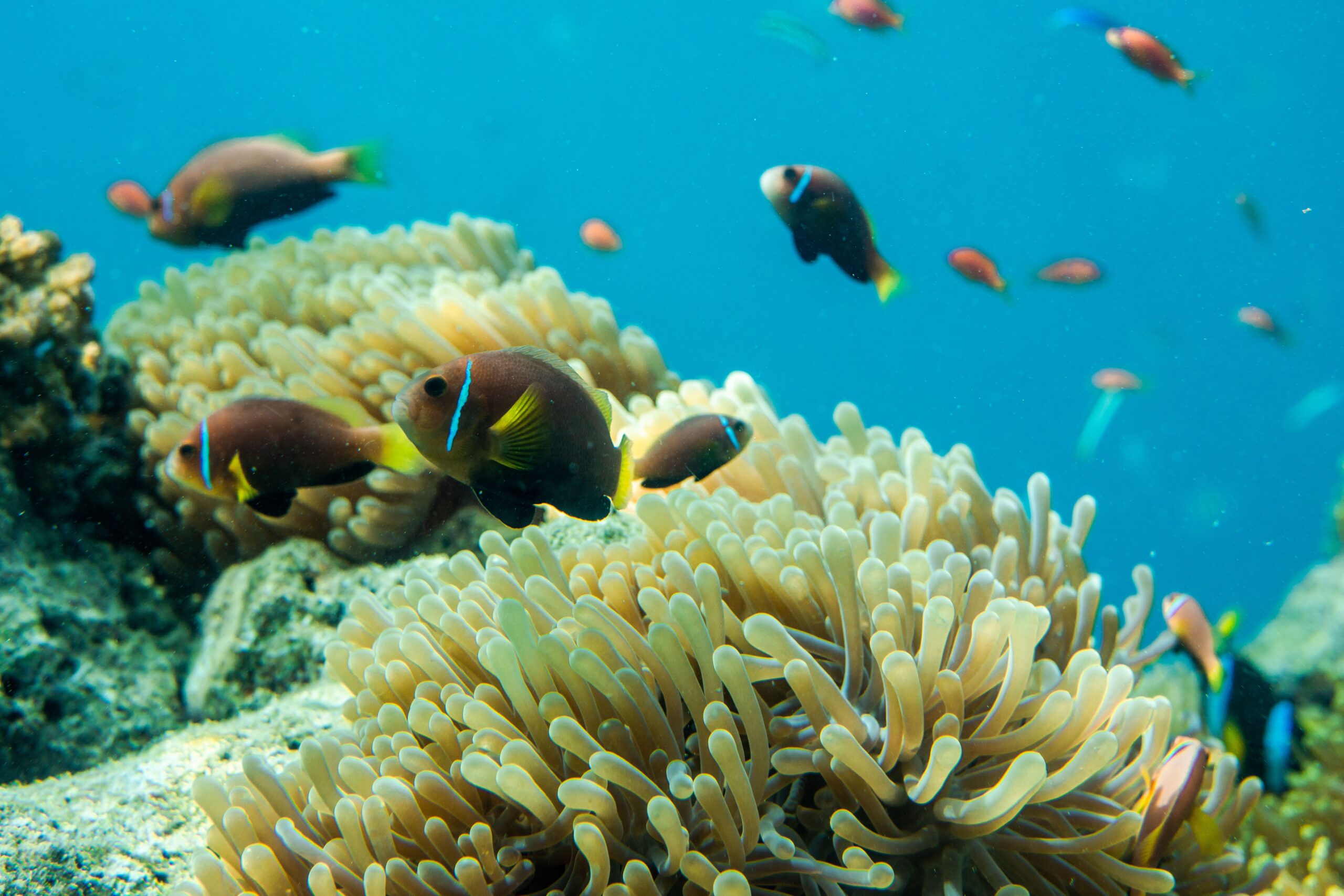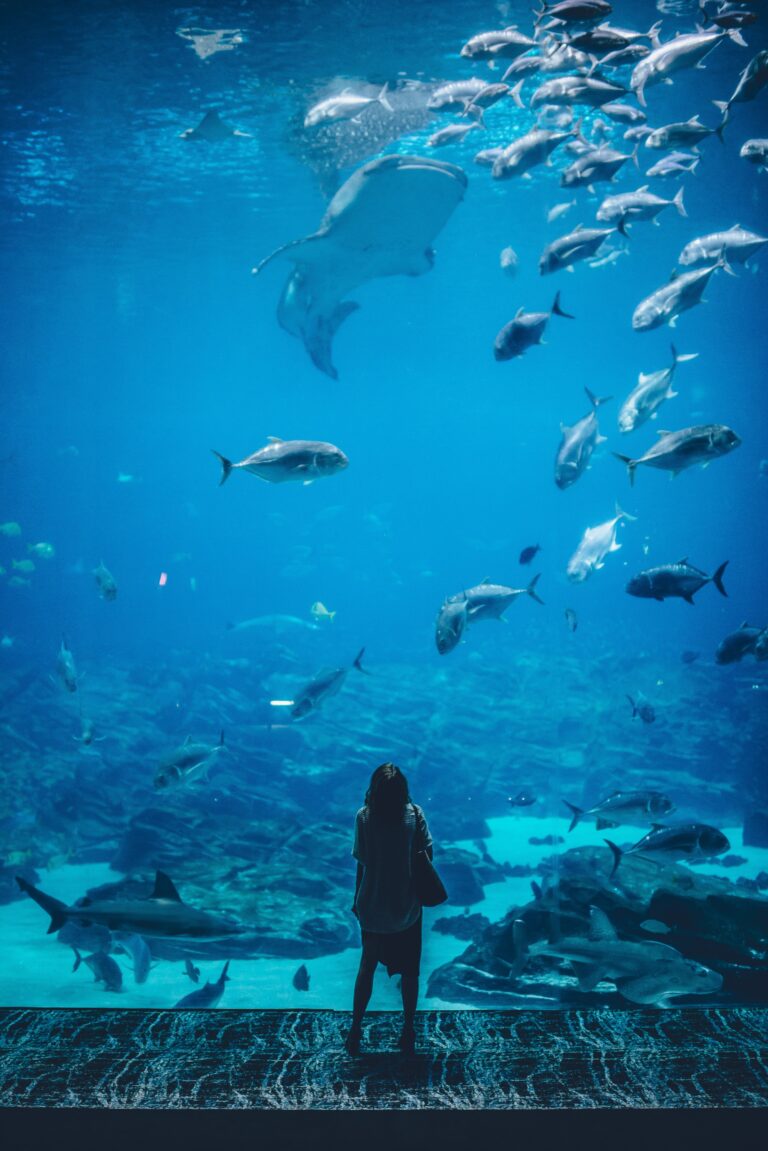Introduction
In the urgent battle to preserve our oceans, the rise of greenwashing has emerged as a formidable adversary. As we witness a surge in commitments to ocean conservation, the need to scrutinize these claims becomes more critical than ever. This article delves into the world of ocean conservation greenwashing, unraveling deceptive practices that threaten the authenticity of efforts to safeguard our marine ecosystems. Join us on a journey to unmask the hidden realities, ensuring that the commitment to ocean conservation is not just a veneer but a genuine force for positive change.
Identifying Greenwashing Tactics
In the quest for sustainability, consumers are increasingly vigilant about supporting eco-friendly businesses. However, amidst genuine efforts, some companies resort to greenwashing tactics to appear more environmentally responsible than they truly are.
Greenwashing involves the use of misleading marketing strategies to convey a false sense of environmental responsibility. Identifying these tactics is crucial for consumers to make informed choices.
Exaggerated Eco-Friendly Claims
One common greenwashing tactic involves exaggerating environmental claims. Companies may overstate the positive impact of their products or services on the environment without providing concrete evidence or transparent information.
Such claims often lack specificity, making it challenging for consumers to verify the legitimacy of the company’s environmental efforts.
Hidden Trade-Offs
Another strategy is the ‘hidden trade-off,’ where a company emphasizes a single eco-friendly aspect of its product while ignoring other environmental issues. For instance, a product may be promoted as biodegradable, but its production process might involve excessive resource consumption.
It’s essential for consumers to look beyond isolated eco-friendly features and consider the overall environmental footprint of a product or service.
Vague Terminology
Greenwashing often relies on vague or undefined terms like “eco-friendly” or “green.” Without clear standards or certifications, these terms lack substance and can mislead consumers into thinking a product is more environmentally friendly than it actually is.
Consumers should be cautious when encountering vague environmental claims and seek products with recognized certifications.
Examples of Misleading Tactics
To understand greenwashing better, let’s explore a hypothetical scenario. A company might label its packaging as “100% recyclable,” but without proper recycling infrastructure or guidelines, the claim may be deceptive. Similarly, emphasizing a product’s energy efficiency while ignoring harmful production practices is a classic example of greenwashing.
Companies might also use images of nature or eco-friendly symbols on their packaging, creating a false association with environmental responsibility.
Impact on Public Perception and Conservation Efforts
Greenwashing has a detrimental impact on public perception and hampers genuine conservation efforts. When consumers believe they are supporting eco-friendly businesses, they may be less motivated to explore more sustainable options, assuming the greenwashed ones are doing their part.
This misinformation dilutes the significance of authentic environmental initiatives, potentially slowing down progress in the broader sustainability movement.
Understanding and exposing greenwashing tactics is crucial for fostering genuine environmental responsibility and encouraging consumers to support businesses committed to authentic sustainability practices.
Case Studies: Unraveling Deceptive Practices
In the realm of ocean conservation, greenwashing has emerged as a concerning phenomenon. By delving into specific case studies, we aim to expose deceptive practices that undermine genuine efforts to protect marine ecosystems.
Seaward Retreats Ltd. claimed their eco-friendly practices, yet upon closer inspection, evidence suggests otherwise. The use of harmful fishing methods, disguised under a facade of sustainability, highlights the stark contrast between their proclaimed commitment and actual impact. This case sheds light on the urgency of scrutinizing corporate assertions for the sake of true conservation.
Examination of Specific Instances of Ocean Conservation Greenwashing
Unveiling the intricacies of ocean conservation greenwashing requires a meticulous examination of individual instances. A notable case involves a renowned seafood company boasting about its responsible sourcing. However, investigations reveal that a significant portion of their products originates from overfished areas, contradicting their commitment to sustainable practices. Such instances underline the need for transparency and accountability within the industry.
Highlighting the Discrepancies Between Claimed and Actual Environmental Impact
The essence of greenwashing lies in the disparities between claimed and actual environmental impact. A case study involving a coastal resort touted its commitment to protecting local marine life. However, despite these claims, the resort was found guilty of improper waste disposal, leading to adverse effects on nearby coral reefs. This disconcerting reality emphasizes the imperative of holding entities accountable for the repercussions of their actions on marine ecosystems.
The Consequences of False Claims on Marine Ecosystems and Community Trust
False claims in ocean conservation have far-reaching consequences, affecting both marine ecosystems and community trust. Examining a case where a cruise company pledged carbon neutrality, subsequent revelations exposed their carbon offsetting as inadequate. This not only harms the environment but erodes the trust communities place in such companies, hindering collaborative efforts for genuine conservation. Understanding these consequences is pivotal for fostering true sustainability and rebuilding trust in ocean conservation initiatives.
By unraveling deceptive practices through specific case studies, we aim to foster awareness, encourage scrutiny, and prompt a collective commitment to authentic ocean conservation efforts.

Transparency in Conservation Initiatives
In the realm of environmental preservation, transparency stands as a cornerstone, playing a pivotal role in fostering genuine commitment to conservation initiatives. The essence of transparency lies in openness, honesty, and clear communication throughout the entire conservation process.
The Role of Transparency in Fostering Genuine Commitment
Transparency serves as the bedrock for building trust and credibility within the conservation community. When stakeholders, whether governmental bodies, NGOs, or local communities, are provided with transparent information about the goals, strategies, and outcomes of conservation initiatives, it establishes a foundation of trust. Genuine commitment from all parties involved is more likely to flourish in an environment where there are no hidden agendas or undisclosed information.
In practice, transparency involves sharing not only successes but also challenges and setbacks. Acknowledging obstacles transparently allows for collective problem-solving and demonstrates a commitment to continuous improvement. This openness contributes to a sense of shared responsibility, encouraging stakeholders to actively engage in and support the conservation cause.
The Importance of Clear Communication About Conservation Goals and Actions
Clear communication is a linchpin in the success of conservation initiatives. It involves articulating conservation goals in a language that resonates with diverse audiences, from policymakers to local communities. Transparent communication ensures that everyone involved comprehends the purpose, significance, and potential impact of conservation efforts.
Furthermore, transparent communication extends beyond words to include accessible and understandable data. Utilizing visuals, infographics, and comprehensive reports enables stakeholders to grasp complex information easily. This transparency in data presentation fosters inclusivity, allowing a broader audience to participate in the dialogue and contribute to conservation efforts.
Calls for Standardized Reporting and Accountability in Ocean Conservation Efforts
In the expansive realm of ocean conservation, calls for standardized reporting and accountability are becoming increasingly imperative. The interconnected nature of marine ecosystems necessitates a unified approach to monitoring and reporting on conservation actions. Standardization enables comparability, making it easier to assess the effectiveness of different initiatives and identify best practices.
Moreover, accountability ensures that promises made in the pursuit of ocean conservation are fulfilled. Transparent reporting on the allocation of funds, progress made, and challenges encountered instills confidence among stakeholders. This accountability not only strengthens the credibility of conservation organizations but also encourages ongoing support from funders and the public alike.
Empowering the Public: How to Spot Greenwashing
In an era where environmental consciousness is paramount, individuals must navigate through a sea of information to distinguish authentic sustainability efforts from mere greenwashing. Here’s a guide to help you identify and combat greenwashing tactics effectively.
Recognizing Greenwashing Tactics
Greenwashing involves misleading consumers by portraying a false impression of a product or company’s commitment to environmental responsibility. To spot greenwashing, look for vague and unsubstantiated claims, green imagery without concrete evidence, and an emphasis on a single eco-friendly aspect while neglecting other environmental concerns. By staying vigilant, you can protect yourself from falling prey to deceptive practices.
Consumer Awareness: Holding Entities Accountable
Consumer awareness plays a pivotal role in holding businesses accountable for their environmental claims. Stay informed about reputable eco-certifications and labels. Research the company’s track record, commitment to sustainability goals, and transparency in reporting. By demanding authenticity and supporting brands with genuine green initiatives, consumers become a driving force in encouraging responsible practices.
Tools for Spotting Greenwashing
Arm yourself with tools to cut through the greenwashing noise. Utilize online platforms and apps that assess a company’s environmental impact. Look for third-party certifications like Energy Star, USDA Organic, or Fair Trade, which indicate a genuine commitment to eco-friendly practices. Educate yourself on industry standards and benchmarks to make informed decisions that align with your values.
Transparency: A Key Indicator
Genuine eco-conscious entities prioritize transparency. Scrutinize companies that are open about their sustainability journey, share specific goals, and regularly report progress. If a company hesitates to provide clear information or lacks transparency in its practices, it may be a red flag signaling potential greenwashing.
Encouraging Support for Genuine Initiatives
Supporting businesses genuinely committed to sustainability is a powerful way to drive positive change. Seek out companies with a holistic approach to environmental responsibility, addressing various aspects of their operations. By patronizing eco-friendly products and services, you contribute to the success of initiatives that prioritize the planet over profit.
Taking Action: A Collective Effort
Recognizing and combating greenwashing is not only an individual responsibility but a collective effort. Share your knowledge with friends and family, encourage discussions on social media, and contribute to the growing wave of conscious consumerism. By collectively raising awareness, we create a demand for authenticity and foster a marketplace where greenwashing becomes obsolete.
Empowering the public to spot greenwashing is a crucial step towards building a sustainable future. Armed with knowledge and a commitment to making informed choices, individuals become catalysts for change, shaping an environment where genuine eco-friendly initiatives thrive.
Video Credit: CDWSEgypt
FAQs
Q. What is ocean conservation greenwashing?
A. Ocean conservation greenwashing refers to deceptive practices that create a false impression of commitment to conservation while failing to implement genuine efforts.
Q. How can consumers identify greenwashing in ocean conservation?
A. Consumers can identify greenwashing by scrutinizing claims, checking for transparency, and researching the track record and practices of organizations involved in conservation.
Q. Why is greenwashing a threat to marine biodiversity?
A. Greenwashing diverts attention and resources from genuine conservation efforts, hindering initiatives that are crucial for preserving marine biodiversity.
Q. Are there legal consequences for ocean conservation greenwashing?
A. Yes, some regions have implemented legal consequences for greenwashing, including fines and penalties for organizations found guilty of deceptive practices.
Q. How can individuals contribute to combating greenwashing?
A. Individuals can contribute by staying informed, supporting transparent initiatives, and spreading awareness about the dangers of greenwashing in ocean conservation.
Q. Can greenwashing be eradicated completely?
A. While challenging, robust regulatory measures, public awareness, and industry accountability can significantly reduce greenwashing in ocean conservation.



